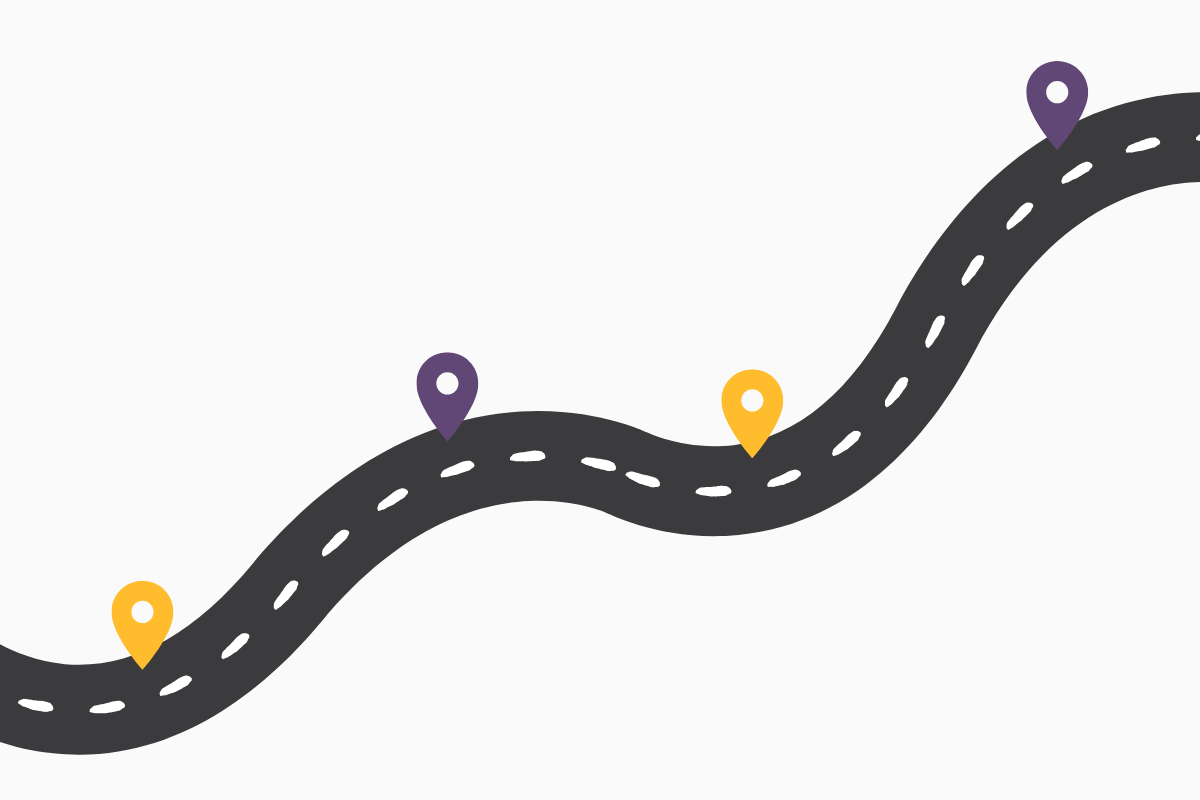
When was the last time that you gathered feedback and insights about what your customers really want?
Most organisations will say they know their customers, but is that really true? When you dig a little deeper, you often find that they haven’t spoken with their customers for years. In today’s digital age where we are all connected to a device, customer expectations are constantly changing, and we are all looking for something different. Typically, your customers are looking for you to have the basics in place. They want easy-to-use products and services, and when engaging with customer service they expect a great experience.
Organisations need to stay one step ahead to remain competitive and exceed their customers’ expectations. Understanding your customers isn’t just about knowing their demographic information; it’s about having a deep insight into their wants, needs, and behaviours when they interact with your website, app, or brand.
Why knowing your customers is crucial
1. Customers expect personalisation
Customers no longer want a one-size-fits-all experience. They expect organisations to cater to their specific needs and preferences. This goes beyond using their name in an email. It involves building a picture about them and providing the right information, so they don’t have to hunt for it. By knowing your customers, you can deliver highly tailored experiences that enhance satisfaction and boost loyalty.
2. Increased customer retention
When you understand your customers, you can remove pain points and understand their needs and preferences more effectively. This insight helps create stronger ties to your brand, making them less likely to switch to a competitor. Loyal customers are not only easier to retain, but they’re also more likely to refer your brand to others. According to Nielson’s 2021 Global Trust in Advertising Study, 88% of consumers said that they trusted recommendations from people they know, above all other forms of marketing messaging. Loyal customers could be your biggest advocates.
3. Improved products and services
Understanding customer wants and needs allows you to improve or adjust your products and services to meet demand. The more insight you gather about what features and functionality they expect, and what they like about your competitors, the better your development roadmap will be. It will reduce the risk of spending time on features that users don’t want and helps identity where improvements can be made.
What customers expect from organisations
Customers have clear expectations when interacting with brands online. Meeting these expectations can make or break your business:
1. Seamless User Experience
Whether they’re shopping, searching for information, or using a service, customers expect a frictionless, intuitive experience. Slow-loading pages, difficult navigation, or complex purchase processes can frustrate them and lead to abandoned interactions, potentially losing that customer forever.
2. Transparency and trust
Customers expect businesses to be transparent about how they handle data, pricing, and service commitments. They want to contact you easily when are is a problem and expect their queries to be handled quickly and with clear communication.
3. Omnichannel consistency
Today’s customers move between devices—mobile, desktop, tablet—and expect a consistent experience across all channels. If your website and app aren’t aligned in their design, functionality, and content, it could lead to confusion and dissatisfaction.
4. Speed and convenience
In an era of instant gratification, customers demand speed. Whether it’s rapid customer service responses, quick checkouts, or real-time product availability, convenience is key. Organisations that lag in this area often see customers going to competitors who can meet these needs.
How to understand your customers' wants and needs
1. Leverage data analytics
Your website or app generates valuable data every time someone interacts with it. Analytics tools like Google Analytics, Hotjar, Clarity or uMarketing suite help you understand:
-
Where customers are coming from
-
How they navigate your site
-
Where they drop off in the purchase funnel
By analysing this data, you can identify patterns in behaviour and understand what’s working and what’s not in terms of customer experience. It can highlight problem areas on your site or app, helping improve conversions and create a better user experience.
2. Conduct customer surveys
Asking your customers directly through surveys is one of the most effective ways to get insights into their needs and preferences. Tools like SurveyMonkey or Microsoft forms allow you to gather feedback after a purchase or interaction, revealing key insights about their experience. Some important areas to ask about:
-
Challenges they faced while using your site or app
-
Features or services they wish you offered
-
How they found your site and what prompted their visit
-
How could you improve customer service
This direct feedback is invaluable because it highlights specific pain points, preferences, or suggestions that you may not have detected from behavioural data alone.
3. User testing
Observing your customers engage with your site or app is invaluable for understanding how they perceive your product or service. You gain firsthand insight into where they struggle and how internal language on your site or app may be confusing or meaningless to them. Conducting user testing also provides an opportunity to try out new features and functionality through prototyping, saving time and money before entering costly build phases.
4. Customer journey maps
Understanding the entire customer journey is crucial for knowing how they interact with your brand from start to finish. A journey for your customers may span across multiple departments or platforms, and having a clear understanding of this journey is key to ensuring they receive consistent experience at every stage.
Engaging with different teams to map out the customer journey is crucial for understanding what’s happening at each stage. Bringing teams together fosters discussions that can help identify gaps and improve the overall experience. Often, team members are so focused on their own responsibilities that they miss the broader picture, making phrases like, “I didn’t realise that was happening,” more common than they should be. Regular catch-ups create opportunities to assess what’s working, what isn’t, and where improvements can be made.
5. Analyse customer support data
Customer support interactions—whether via chat, email, or phone—are a goldmine for understanding pain points. Regularly analysing this data can reveal common issues, areas of confusion, or products and services that aren’t meeting expectations.
Turning insights into action
Gathering insights about your customers is an ongoing task and how you gather that research should be part of your customer experience (CX) strategy. Without this insight how do you truly know what your customers want and need? By leveraging data analytics, feedback, user testing and journey mapping, you can gain deeper insights into their expectations. The more you know your customers, the better positioned you are to exceed their expectations, build loyalty, and stay ahead in a competitive market.
Are you truly getting to know your customers? It’s time to start asking the right questions and using the right tools to gain the understanding you need.













